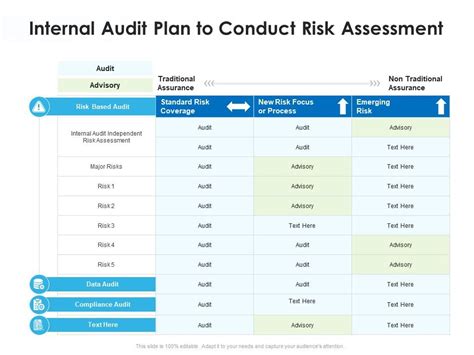How to perform a risk assessment for cryptocurrency investment
The world of cryptocurrencies has exploded in popularity in the last decade, many people and institutions investing in this new form of digital currency. However, as in the case of any investment, there are risks involved. In this article, we will discuss how to carry out a risk assessment for cryptocurrency investments and give you a framework for making informed decisions.
Why risk assessment is crucial
Before investing in cryptocurrencies, it is essential to carry out a thorough risk assessment. This will help you identify potential traps and make smart decisions about your investment portfolio. Cryptocurrencies are known for their volatility, which means that prices can fluctuate quickly and unpredictable. This can lead to significant losses if not properly managed.
Types of risks
When evaluating the risks associated with cryptocurrency investments, there are several types to consider:
- market risk : This refers to the potential loss of value due to changes in the market feeling or economic conditions.
- Lichidity risk : This happens when you can’t sell the assets quickly enough to make a profit.
- Regulatory risk : Changes in laws and regulations can affect the value and use of cryptocurrencies.
- Security risk : cryptocurrencies are not insured, and hackers can target them for their valuable assets.
- Operational risk
: Technical problems or stop time can disrupt your ability to use and change cryptocurrencies.
Making a risk assessment
To perform a detailed risk assessment for cryptocurrency investments, follow these steps:
- Research the market : Be aware of the news in the industry, the trends and analysis of the feelings of popular cryptocurrencies.
- understand the basic assets : Find out about technology, use cases and potential applications of different cryptocurrencies.
- Evaluates the risks : Identify the potential risks associated with each cryptocurrency, including market risk, liquidity risk, regulatory risk, security risk, operational risk and other factors.
- Evaluate your investment goals : Define what you are trying to get through investments in cryptocurrencies, such as long-term diversification or growth.
- Diversify the portfolio : Spread -you invest in multiple cryptocurrencies to minimize the risk.
Cryptocurrency risk assessment frame **
Here is a framework for carrying out a risk assessment for cryptocurrency investment:
- Analysis of market feelings

: Look at the general mood of the market and the feeling towards various cryptocurrencies.
- Trend analysis : Identify the trends of price movements, using technical indicators, such as moving environments and relative resistance index (RSI).
- Regulatory analysis : Research Potential changes in regulations affecting cryptocurrencies.
- Liquidity analysis : Evaluates the liquidity of different cryptocurrencies and cases of their use.
- Security analysis : Evaluation of security measures in force for each cryptocurrency, including anti-money (AML) and knowledge knowledge (KYC).
- Operational risk assessment : Evaluates the technical requirements for the use of each cryptocurrency and potential risks associated with operational problems.
Example: Performing a risk assessment
Let’s say you have decided to invest in Bitcoin (BTC). To perform a risk assessment, consider the following:
- Analysis of market feelings: The general market state towards Bitcoin is positive, determined by the increase of adoption and improvement of institutional investments.
- Trend analysis: Bitcoin has shown a constant increase in the last year, with price movements largely by speculation and limited offer.
- Regulatory analysis: There have been no significant regulators that affect bitcoin in recent times.
4.
